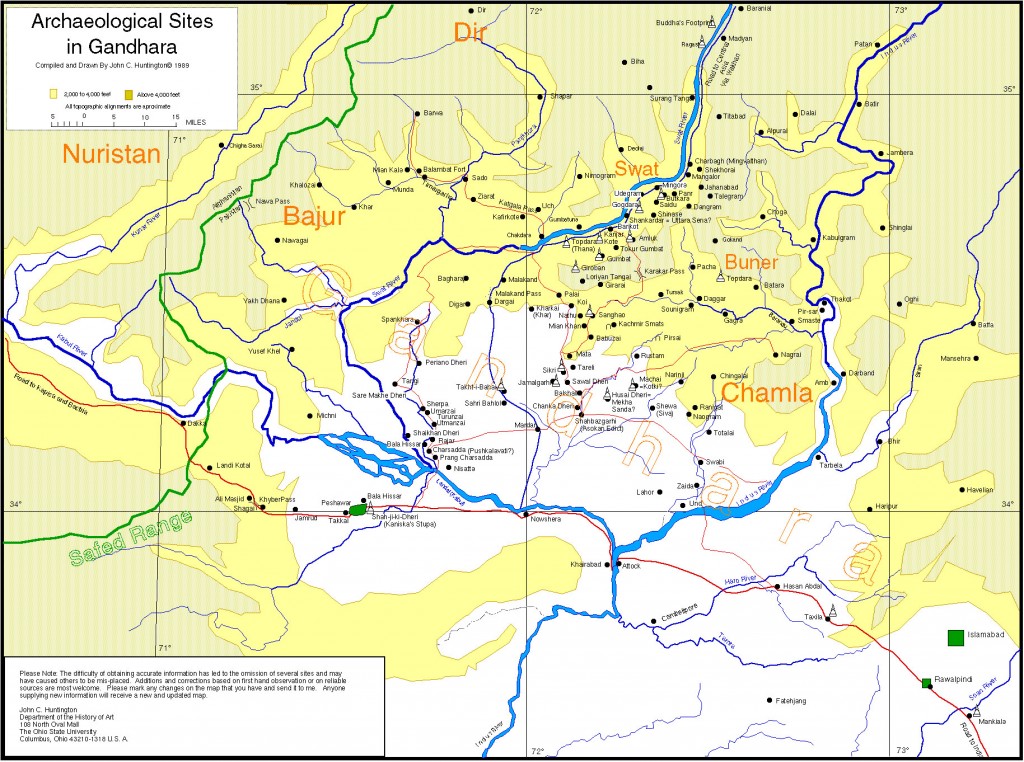With the “retrograde” removing foreign troops from Afghan soil we move closer to the time when the last intact remnants of the Gandharan culture will vanish so that the copper lying below ground can be extracted.
It was not too long ago that manuscripts from this area were unearthed by looters and found to be the oldest Buddhist manuscripts by a considerable margin. Scholarly examination noted that the first century CE sutras did not move research any closer to the original words of Shakyamuni. While these discoveries are the oldest surviving manuscripts in South Asia, they still follow five-hundred years of oral transmission of his teachings and are a product of Gandhara where they were produced. Though much older they do not represent teachings closer to what the Buddha taught but show us another lineage path from the oral transmission presented in eastern India.
Once again Tricycle magazine provides an excellent discussion of the meaning of these discoveries;
It is curious that Tibetan Buddhism owes its Buddhist heritage to this region. Padmasambhava brought Buddhism to Tibet in the eighth century from the Swat Valley in what is now Khyber Pakhtunkhwa, Pakistan. The path of Buddhism to Tibet was by way of Gandhara.
For a summary of the remaining vestiges of Buddhist culture in the area that was once Gandhara, we again return to Tricycle magazine for their latest update on Mes Aynak;
Below the Buddhist relics found at the site there is thought to be another city dating back five-thousand years. Nothing from that time is likely to be examined by archaeologists when China lays claim to what is said to be one-hundred billion dollars worth of copper deposits. The copper will be extracted in open pit fashion.

